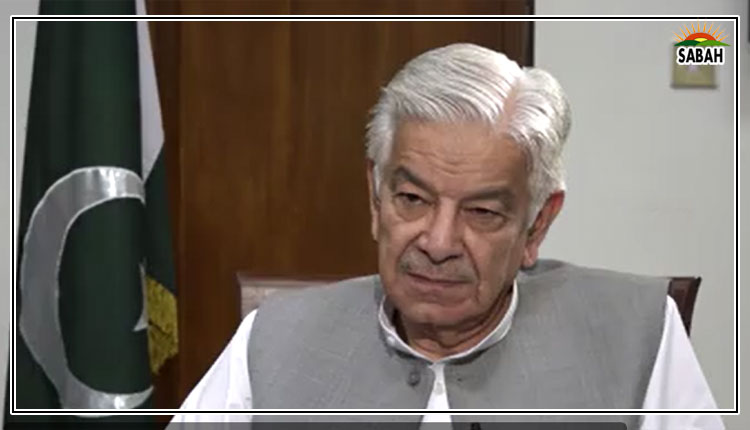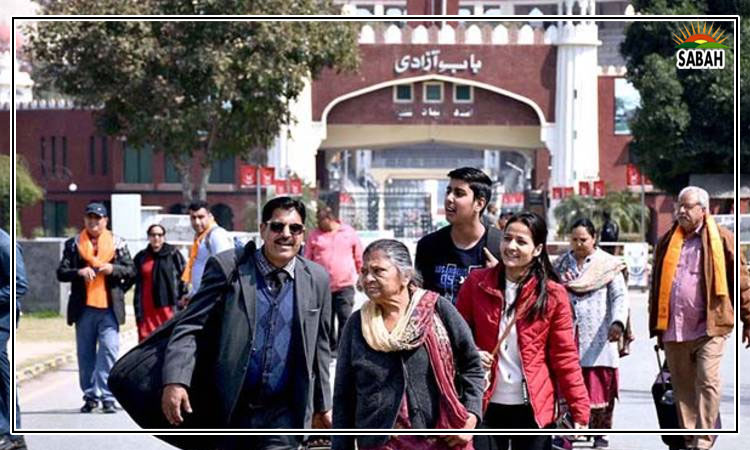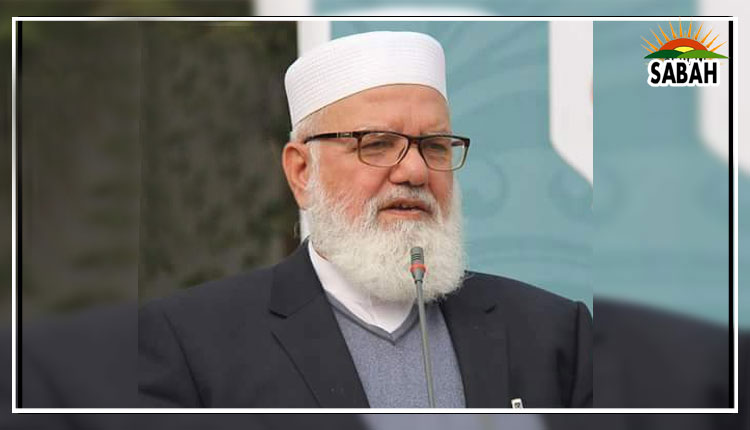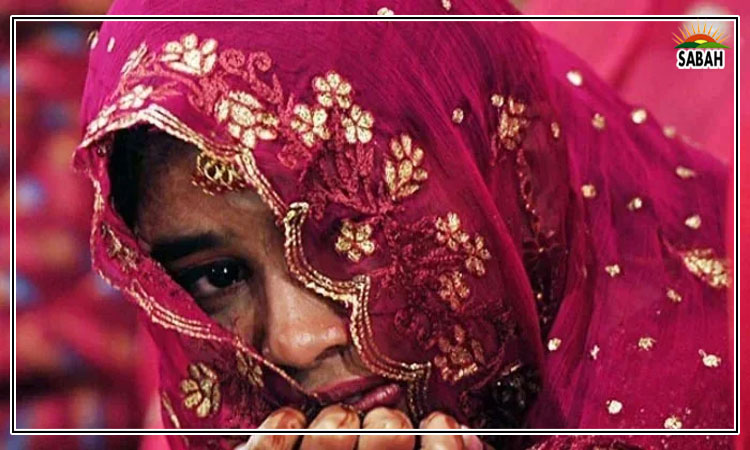Child marriage: laws, verdicts, solutions…Wali Tahir
Pakistan turned 77 this year, yet the children harbored by the fifth most populated country continue to be failed by the state. One of the many challenges in this regard is child marriage.
The Child Marriage Restraint Act 1929 Section 2(a) defines a child as a person who, if a male, is under eighteen years of age, and if a female, is under sixteen years of age. The term child marriage is defined in Section 2(b) as a marriage to which either of the contracting parties is a child.
Article 25A of the constitution declares: There shall be no discrimination on the basis of sex, yet Sindh is the only province which does not discriminate on the basis of gender, as the age of marriage is uniform for both men and women at 18 in Sindh following the enactment of Child Restraint Act 2013.
More recently in Azka Wahid v Province of Punjab, the Lahore High Court also struck down the minimum age of marriage of girls being 16 in Punjab for being discriminatory, remarking that the difference in age is not based on an intelligible criteria having nexus with the object of the law. The court considered the purpose of the 1929 Act to be muddled by this fallacy, something every reasonable person can appreciate.
While both girls and boys are affected by this human rights violation, girls suffer from child marriages disproportionately. According to the Demographic and Health Surveys (DHS), 18.3 per cent of girls and 4.7 per cent of boys are married before the age of 18 in Pakistan. While the most recent DHS report shows an increase in the average marrying age of girls, on deeper inspection there was actually an increase in child marriages before the age of 15.
According to Unicef, 19 million girl (and women) victims in Pakistan have been married in their childhood, and given a burden they have to bear for as long as they live.
Perhaps a darker shadow is cast by the fact that 54 per cent of girls in Pakistan get pregnant before the age of 18. In Akza Wahid, the Lahore High Court was briefed by the advocate general that: Pregnancy and childbirth related complications are the main causes of death for mothers aged 15 to 19. Child marriage in such cases becomes a human rights violation that can easily turn into a painful death sentence, aggravated by a lack of contraceptive facilities.
Distressingly, child marriages may be on the rise following the 2022 floods, and the recent monsoon season, the latter giving rise to the term monsoon brides. Pakistan ranks as the eighth most vulnerable country to climate change, according to the Global Climate Risk Index 2021. Climate change has resulted in longer, more powerful rainfall, something our rural areas are not equipped for, resulting in destruction; the land is barren, the now poisoned water has killed the fish, and made growing crops no longer possible.
The resulting income and food insecurity has become the impetus for child marriage. One striking example is a sharp increase in child marriages in Dadu District, something the Sindh Human Rights Commission has taken cognizance of. Sindhs existing provincial percentage of child marriages already stands at a nauseating 33 per cent.
This connection between child marriages and extreme weather conditions, however, is not unprecedented. A research article evaluating the impact of 2010 floods found that the percentage of girls married in the 15-19 age range increased from 10.7 per cent to 16 per cent as a direct result of the floods. Thus, this increase in child marriage was something that the government should have easily foreseen and worked for prevention of, if not on basis of common sense, then on basis of academic evidence.
What is most disturbing is how child marriage is legally accepted after the fact. As the Islamabad High Court noted in Mumtaz Bibi v Qasim, the courts continue to rely on the Supreme Court judgment of Bakshi v Bashir, wherein the Supreme Court ruled that where an underage girl was married in violation of the Child Marriage Restraint Act, the marriage itself would not automatically become void.
The legal mechanism for voiding a child marriage remains wanting. The onus of proof is on the child to void their marriage, through costly and complicated legal procedures. The Dissolution of Muslim Marriages Act 1939 may allow a Muslim girl to void a child marriage only if the girl is married before 16, and the marriage is petitioned before she turns 18. And the marriage must not be consummated.
Similar issues arise for Hindu girls under the Hindu Marriage Act 1955. Whereas there is no remedy for child marriage under the Christian Marriage Act, a divorce or annulment must instead be sought under the DivorceAct 1869.
In the Mumtaz Bibi case, Justice Babar Sattar distinguished Bakshi case on a number of reasons, foremost being the fact that Pakistan is a party to the UN Convention on Rights of the Child and has enacted specific legislation for the purposes of integrating the convention into domestic law. The most relevant are the Protection of Women (Criminal Laws Amendment) Act 2006 and the Criminal Law (Second Amendment) Act 2016.
The 2006 Act added sections 375 and 376 to the Pakistan Penal Code, which prohibits sex under the age of 16, where even sex with her consent, would still constitute statutory rape, punishable with death or life imprisonment.
The 2016 Act further added sections 377A and 377B to the PPC, which makes a person inducing or enticing any child under the age of 18 to engage in sexual act guilty of sexual abuse, punishable by 25 years, consent of the child once again remains irrelevant.
Justice Babar Sattar reasoned that since a marriage is a contract mandated by the state, wherein the parties agree to engage for sexual relations, as a result any contract executed with any person who is underage would result in an unlawful contract, which would be void ab initio as per the Contract Act, 1982. The judgment is only binding in the Islamabad Capital Territory, and persuasive otherwise.
This judgment along with a uniform minimum age of marriages provides a skeleton of what reformed law on child marriages should look like across the country. It is hoped that the legislators and the superior judiciary take account of these judgments and navigate us out of the antediluvian legal position that currently exists. The longer they wait, the more children suffer legally.
The writer is a freelance contributor.
Courtesy The News












